This is Lesson #3 in the How To Start Homeschooling 20-Lesson Series! To see the full list of lessons go here.
It was a few years into homeschooling my kids when I found myself faced with the intimidating task of creating my kids’ history curriculum and lessons. This posed a very important question for me: How do I know what to teach my kids?
The past few years had provided me with already-done curriculums according to their grade level, so I never had to think too hard about what they should do next for the upcoming school year. Of course, each year for each subject when I got my waiting hands on our new, shiny curriculum, I would excitedly open it up and peruse its contents in order to familiarize myself with that new year’s concepts and direction.
I would loosely plan out the year and go by that curriculum’s lessons and suggested schedules (if they had one) and that would be that. Most of the curriculums had schedules already laid out for me, and many were organized by lessons (lesson 1, lesson 2, and so on). So I didn’t really need to plan anything out.
In this lesson, you will see how to know what to teach your child in homeschool in 3 different ways that families in the United States plan their year based on what to teach their kids. These ways are: Common Core (for states required annual testing), TEKS (Texas public school standards), and then a third way (that I follow) for states who are lenient and do not require state testing.
You will also know how to homeschool your child with 3 very important tools I keep in my mama must-have pack at all times!

Disclaimer: You may find affiliate links throughout this post for your convenience. Read our disclosure policy here.
Quick Navigation
How To Know What To Teach Your Child In Homeschool
There are a number of ways in learning how to know what to teach your child in homeschool and hopefully in this post you’ll leave feeling secure and confident.
But before we jump in, I want you to know something. Even if the state tells you what to teach, know that that’s not ALL you have to teach. At the same time, if you state tells you NOTHING about what to teach, don’t go in thinking you have to teach EVERYTHING to your son or daughter.
If the state tells you what to cover for the school year
If this is the case, you easily know what to teach your child for homeschool. But how do you put it all together in order?
Answer: The Core Knowledge Sequence.
The Core Knowledge Sequence is common-core aligned and is perfect for home educators that must abide by strict homeschool laws. It tells you exactly what to cover for each grade level, yet it goes into more elaboration for each.
Not only does it help you figure out what to teach, it also provides you the free curriculum for it. I know – crazy, right? But it’s true. I’m in love with CKS. They tell you exactly what to teach and even provide you with the curriculum to do so. Just go here to check it out.
If the state tells you nothing about what to cover for the school year
For example, you could be in the state of Texas, like me, and your state gives no clue as to what to teach for the year. Well, Texas does give a clue…include citizenship and certain subjects. But that’s about it!
In this case, the world is your oyster!
You can start anywhere and teach anything at any time, with or without a plan. You can not follow a lesson plan and just go off what the kids are interested in. You can go off a lesson plan that you create. You can goo ooff any curriculum lesson plan at any point in time and it all be a-okay with the state.
Still, with this whole bounty of freedom comes a ton of empty space to fill. I get it. Because of this, I still refer to the Core Knowledge Sequence to serve as a loose guide for our school planning.
This helps me see exactly what my kids “should” loosely be on track to learn, though not exactly, just loosely though. I know, at least, what concepts to teach, even if the “when” part is still up in the air.
In addition to CKS, I also Home Learning Year By Year by Rebecca Rupp. This book also breaks down what to teach your kids for each grade level. Unless CKS, she goes from grades PreK-12 (where CKS goes from 1-8). Get the print book. Use it highlight through the concepts you teach. This books gives you book recommendations and activity and curriculum recommendations as well.
One more item to offer out of the 3, is Books to Build On by Core Knowledge Foundation. This is like the major supreme book list for all grade levels. If you wonder how to know what to teach your kids in homeschool then you’ll know what books to read for each kiddo for each grade level! It’s broken down by grade level and also by subject!
So, when you’re looking for how to know what to teach your child in homeschool, I use these three gems each year and throughout the year:
- Core Knowledge Sequence – I use their elaborated Scope & Sequence (online, downloadable PDF)
- Home Learning Year by Year by Rebecca Rupp (printed book)
- Books to Build On by Core Knowledge Foundation (printed book)
Not Everyone Teaches Subjects In The Same Order
Through the years, I learned that history could have a certain chronological order to it, though some home educating families decide not to teach history chronologically and instead teach it unit by unit, whatever era that interests them most at the time or makes the most sense to teach for that year.
I also learned that science, like history, had its own units of study, like the body, the Earth, astronomy, and so on. And, again like history, families approach teaching science in many varying ways too. Some touch briefly on all subjects throughout the younger years (like an introduction to each of the units) and others deep dive into each unit, which means they won’t even touch a certain unit for years until they’re ready for it.
Math is a bit more linear, meaning it’s a progression from one concept to the next. You have to have a solid understanding of the basic operations before moving on to more complex concepts. However, the order in which you teach, say, geometry, fractions, and decimals don’t necessarily matter, though they too have a basic foundation to learn before you can move on to harder concepts.
In fact, I’ve learned through using and reviewing different math curriculums that some curriculums include an introduction to multiplication starting in 3rd grade, while some start multiplication in 2nd grade, even 1st grade.
The same can be said for writing, for grammar, and other subjects – there is not just one way to teach something. There is not just one single order to teach the subjects and the concepts therein. Because you’re now a home educator, you now have the flexibility and freedom to customize each kid’s education.
Like math, you can check out the topics and then just teach according to topic. For example, you may need to teach intro to multiplication, geometry, adding 2 digit numbers, subtracting 2 digit numbers, etc. You can teach these concepts almost in any order. (Of course, the adding and subtracting part will make multiplication easier to learn if you do those first.)
But fractions? Geometric shapes? Make an annual curriculum map for the year with these topics the theme for each month! And you’ll then have a solid plan for the school year! All you would need to do next is find activities to fill in those days in, so they can master these concepts, or choose a curriculum that will do this for you.
We like Math Mammoth for this very reason. You can get via concept or get in order. Even though we have the one that goes in order, we actually use it by concept!
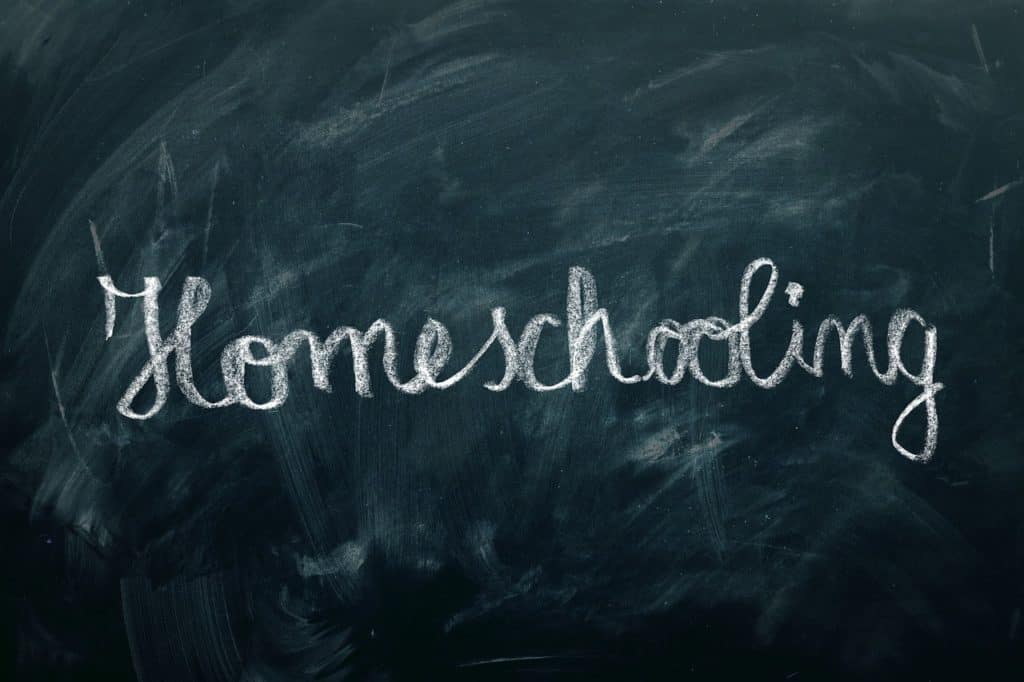
Mandatory State Standardized Testing – Follow the State’s Scope and Sequence
There are a number of states that require annual state testing. In these states, you should know what to teach the kiddos because it will be on that state test. But even in these states, you can teach in whichever order you wish during the year.
Many states offer a Scope and Sequence so home school families know what to teach. Because the majority of states teach via the Common Core Standards, you can find the scope and sequence of common core by grade by just doing a quick google search.
The Common Core State Standards demonstrate what students are expected to learn at each grade level.
The standards are:
- Research and evidence based
- Clear, understandable, and consistent
- Aligned with college and career expectations
- Based on rigorous content and the application of knowledge through higher-order thinking skills
- Built upon the strengths and lessons of current state standards
- Informed by other top-performing countries to prepare all students for success in our global economy and society
To read the Common Core Standards for Language Arts: http://www.corestandards.org/ELA-Literacy/
To read the Common Core Standards for Math: http://www.corestandards.org/Math/
*Note: The Common Core Standards are not required for states that do not require this to be taught each year. In this case, you can create your own standards. This means you can teach topics in the order in which you want to teach them, not by the order that the CCS has outlined.
Texas State Standards: How To Homeschool In Texas
Texas chose not to adopt the Common Core Standards and instead create their own, called the TEKS – the Texas Essential Knowledge and Skills. Even though TEKS is what the Texas public school districts use, home educators of Texas are not required to follow the TEKS or the Common Core. Texas does not require to annual state testing either. In fact, it is one of the most lenient states for home schoolers, along with a handful of other states.
The only requirement for how to homeschool in TX
- The instruction must be bona fide (i.e. not a sham);
- The curriculum must be in visual form (e.g. books, workbooks, video monitor);
- The curriculum must include the basic subjects of reading, spelling, grammar, mathematics and good citizenship.
With that said, you can still opt to do annual or even biannual state testings for the kids just to see where they are at. It’s not a bad idea, and this way you’ll know what to teach them accurately.
I did discover a really cool TEKS Guide (Beta) that helps you understand each TEKS Standard so much better! It’s really, really cool, and they also gives you different examples of how to meet each standard. You can check it out here if you’re curious and interested in keeping kids aligned with the Texas standards: https://www.teksguide.org/
*Note: The Texas Standards (TEKS) are not required for Texas homeschoolers. You can create your own standards. This means you can teach topics in the order in which you want to teach them, not by the order that the TEKS has outlined.

Lessons Learned and the “I Wish I Did It This Way” Thoughts
There are some things I wish I did another way when I first started out home schooling. Take it from through this section and you’ll see how to homeschool your child in no time! Because I live in a state that doesn’t require annual testing (Texas), I can teach anything I want to the kids in whatever order I want, mostly. I still include the subjects that Texas requires, and even though they don’t require any documentation or reporting for home educating families, I keep records anyway (but usually just tests and projects and essays).
My Predicament Due To Teaching Subjects In Chronological Order
As I mentioned up top, I had a heck of a time knowing what topics to teach my kids in its proper order. And even though I use Home School in the Woods for our hands-on history projects, and their website gives me a clear order of how to teach both American history and World history, I still found myself at a loss of what topics and subtopics to teach. (We are avid Home School in the Woods lovers for hands-on history projects!)
So while my kids were studying world history and going in chronological order by year, I discovered that I should have been teaching them both World History and American History each year, instead of just teaching them in order of the years.
The Story of the World series is also another history curriculum and it is through this series that I learned to teach history chronologically. I began our home school years teaching with the SOTW series as our primary history curriculum and, though a wonderful history curriculum, by doing this I left out important American history topics!
So upon creating my history curriculum for the new home school year, I decided to add in both American history and world history topics. I mean, I want my kids to know more about the birth of our country and about the American Revolution, the Constitution, and even about the government. None of these topics were taught to them because we were going by the Story of the World’s history curriculum – going in chronological order starting from 10,000-5,000 B.C. with the ancient worlds.
Not only with history did I skip topics on, when I started thinking if I left out Science topics during my kids’ elementary home school years I discovered I sure did. We had opted to learn Astronomy and Simple Machines the first couple of years of elementary. But what I learned was that I should have introduced them to several different topics for a few years instead of going in-depth in Astronomy and simple machines.
So I had Science to also plan out for the year. I didn’t want to do a science curriculum because they would only focus on one topic, and I needed to teach several topics to my kids without going too far in-depth in each topic – more like an intro to each, giving them just enough to learn.
They’re in elementary school anyway. I’m not going to hold my breath that they’ll remember every detail I give them. That’s why history and science topics recycle themselves throughout the years. They introduce these topics while they’re young and then as they get older they reintroduce these topics in more detail. Makes sense to me!
And because of history and science, I was then eager to see if I’d been teaching grammar, writing, and even math in “proper order”. Now, when I say that, I don’t mean that it’s a rule to do it this way. But what I wanted was to have a guide and just see what is ‘standard’ in teaching elementary kids per subject. That’s when I happened upon and finally discovered my most prized discovery in all of the land….the Core Knowledge Series (CKS for short!).
How To Homeschool Your Child
If you are in a state where you have the flexibility to teach subjects in whatever order you wish (like Texas, for example), then you have the profound freedom of customizing your home school that fits best for your family. Want to see how to teach your child with my favorite mama tool? Read on to discover the easiest way to plan your year and to know what to teach your kiddo according to grade level.
I found the Core Knowledge Series and looked it over. I was blown away – literally impressed beyond measure – of their guidelines to teach kids from PreK to 8th grade.
They clearly say that the Common Core Standards are not clearly written because even though the CCS tells you what to teach each kiddo for each year for each grade and subject, the CCS does not tell you how to teach those subjects. The CCS just tells you the standards kids need to master, not the details of those standards.
That’s where the Core Knowledge Series (CKS for short) makes things so much easier. They offer elaborate guidelines that not only tell you what you can teach for each grade and for each subject, but also what topics and subtopics to teach! Bless them!
*Note: But just so you know, even though they list these CKS standards in their CSK Scope and Sequence, it does not mean they are requiring you to do it this way. However, in their CKS, you will see that they do build upon previous years’ topics in some grades. For example, in first grade, the American Revolution may be listed as an American History topic, but then they skip this topic for second and third grades and then reintroduce this topic in Fourth Grade standards to teach in more detail. They add in the subtopics to teach so you know what the difference is between the 1st grade and the 4th grade American Revolution topic. (In these topics that repeat themeselves like this, I tend to merge them into one teaching rather than spread them out for various grades like that as outlined in the CKS.)
How To Homeschool Your Child For Each Grade For Each Subject (PreK-8) – FOR FREE
I use CKS now as a loose guide to planning our year. They call this guideline the Core Knowledge Sequence because it is the Scope & Sequence with every topic to teach according to grade level. And the best part? It’s completely free! I know what to teach my kids and what topics and subtopics to teach them through the CKS. In this guideline, I can eliminate what topics I’ve already taught them to prepare what to teach them next.
In fact, I created a Trello Board Curriculum Map for my kids, listing out all the topics we have yet to do and identifying what grades these topics were “supposed” to be taught in. So I made a good checklist on what topics to teach and I pull from this map each year to add in topics. 🙂
Here’s a look at just a glimpse of the CKS. I just randomly chose a grade and subject just to show you how detailed their guideline is:
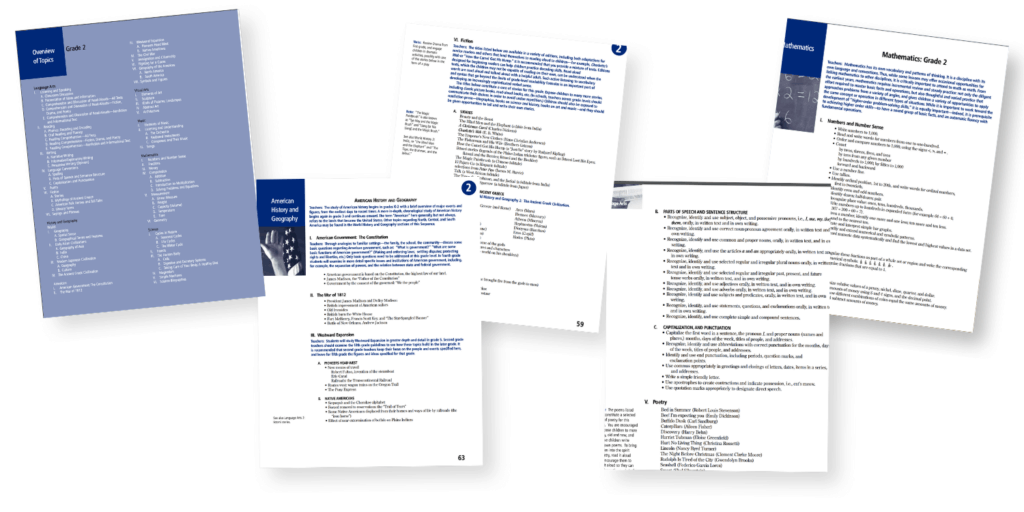
It’s such an awesome resource. I tell everyone about it all the time when they’re lost in what to teach their kids or need to know “what comes next”.
I provided the CKS Scope and Sequence Guidelines for you to instantly download so you will have this in your mama planning pack. All you have to do is go to the grade level of your young one and look at the subject – you will instantly see all the topics and subtopics to teach him or her for that grade level. And if you’re “behind” – don’t worry. You’ve been teaching them topics, so it balances itself out.
Using the Core Knowledge Sequence To Create Your Child’s Learning Milestones
Here’s a great way to learn how to homeschool your child: I use the topics presented in the CKS to identify each kid’s annual education goals. I list their goals in a Trello Board or a spreadsheet and keep track of it that way.
Similar to creating a home school vision, creating educational goals or learning milestones for each kiddo will direct the school year and help you to stay on track with the topics you’ve selected for them to learn for the year.
For us, because we did not do enough writing and spelling last year, I have down for my kids’ education goals for writing, spelling, and reading. My kids need to work on their penmanship and make it less sloppy. They also need to work on their spelling skills. And I would like them to practice more on writing certain types of essays, like narrative and opinion writing. And through reading, they will be able to spell better as well as see how books write their sentences and paragraphs, and they will see how the stories and plots are formed and outlined as well.
I encourage you to create milestones for each kiddo each school year. Throughout the year, have checkpoints to see if you are still on track and to reflect and review if these milestones are in progress.
When creating educational goals and milestones by topic, break down that topic into smaller subtopics and assign those subtopics to months or quarters throughout the year. This will help you plan out the year to not only successfully address this topic to him or her, but to also meet his or her educational goals and milestones for the year.
I have 2 Types of Curriculums Maps to give you! Whichever one fits. One is for all subjects all year, and the other is for more detail for each subjects (just print copies for every subject).
How to Homeschool Your Child With Ease!
Grab this blank curriculum map to help you know exactly what subjects
and topics you will teach this year!
Core Knowledge Series + Free Curriculum
The Core Knowledge Series takes it one step further. They have free curriculum that coincides with their Scope and Sequence. So not only do you know what to teach, they also provide you with the curriculum to teach with!
So for example, if they have grade 3 studying Pippy Long Stockings, you can be sure they have curriculum that covers that 100% – for free. (And I just made that up…)
Seriously, how awesome is this organization? What a giving organization to help families teach their kids with all the resources they give.
You can get physical curriculum from them as well, but these are paid-for products. The digital/downloadable curriculum is free to download and use.
You can go straight to downloading their free curriculum here: https://www.coreknowledge.org/curriculum/download-curriculum/
Scope and Sequence Notes
I wanted to briefly tell you that many curriculums have their own scope and sequence. As you look over a curriculum, most companies have their scope and sequences available for you on their website or within their products. They tell you which standards are covered within their curriculums.
For example, we love SchoolhouseTeachers in our home and they have a scope and sequence available on their website. They give general standards that all of their 400+ courses meet, which is great for those who are needing certain standards met via their state laws.
Of course, SchoolhouseTeachers aren’t the only ones who provide a scope and sequence inside their curriculum. Take Let’s Go Geography, for example. It include which geographical standards are met within its geography curriculum. Math curriculum will provide their scope and sequence to let you know which standards their curriculums and programs meet, and so on.
The point is, if you are going to plan the year via a curriculum with the topics you want to teach, and you are required to meet state standards or similar to it, then be sure to check out their scope and sequence so you are which which standards they cover.
How To Know What To Teach Your Child For Homeschool {Conclusion}
Overall, the requirements of the state you live in will help you determine what to teach in homeschool. If you can teach any standards you like in any order you want (again, like Texas, for example), then I highly encourage you to use the Core Knowledge Series. Ever since I’ve been using it, I have felt so much better and all of my anxiety has vanished regarding if I were teaching the kids what they ought to be knowing.
It’s important to keep in mind that if the state is lenient and you do decide to do want you want when you want, you can do just that – what you want when you want. You can do that and still go by the CKS, cherry picking what you want to do or maybe planning ahead for the next year or so.
Share this lesson on Pinterest! ⤸

- Top 16 Indoor Games for Teens That Won’t Turn Your House into a War Zone - January 29, 2024
- Free Crafty Printable Christmas Countdown Calendars For Kids - December 17, 2023
- 12+ Very Cute Printable Christmas List Template For Kids - December 14, 2023

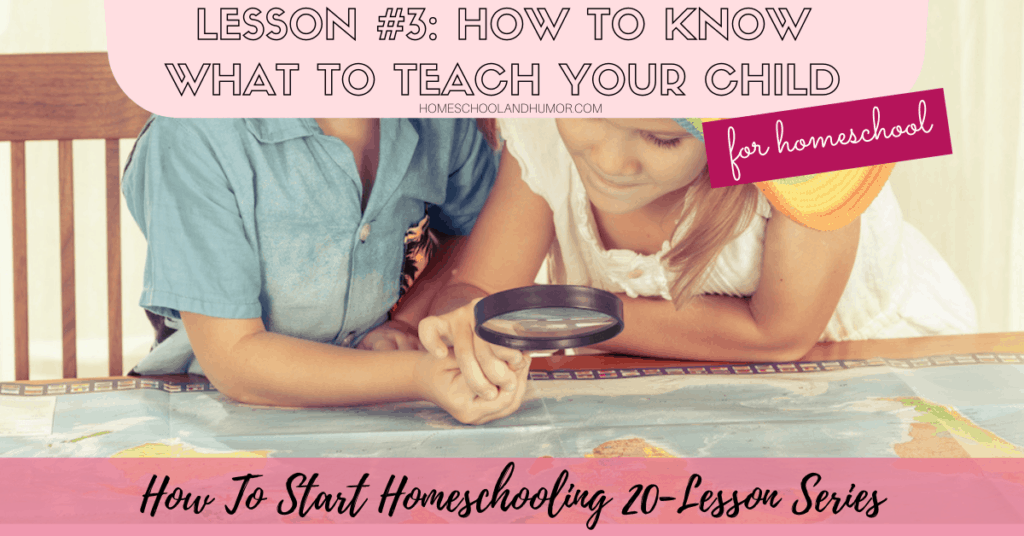



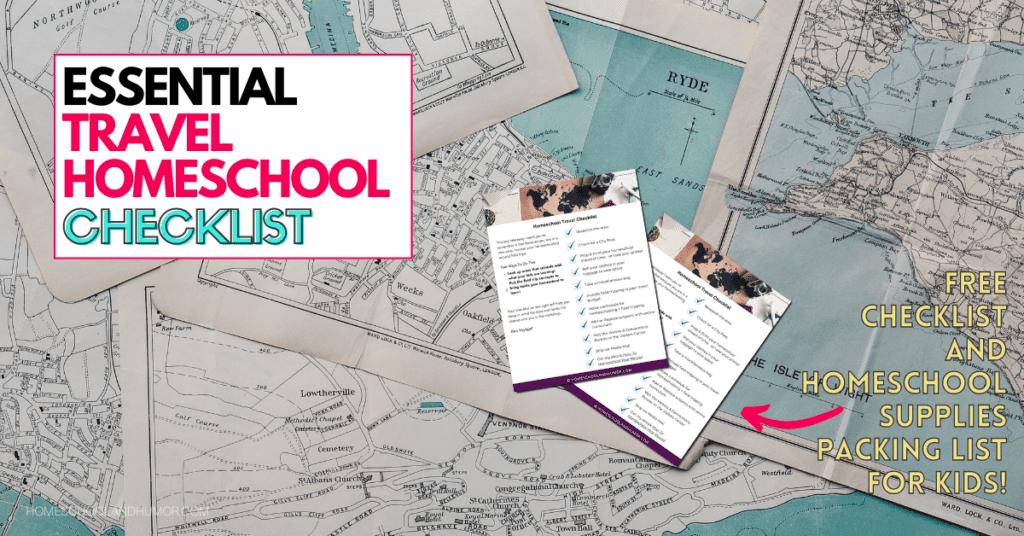




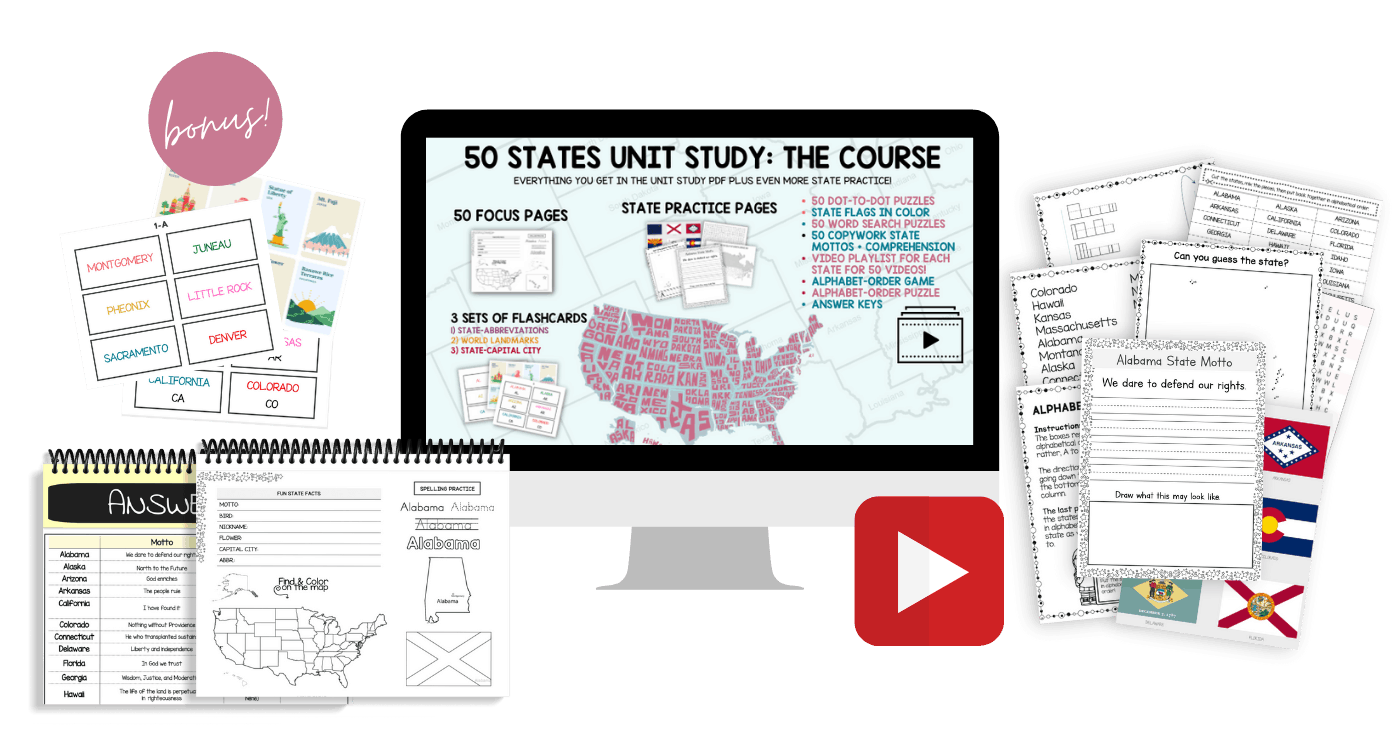

What a great post for right now, when so many folks are venturing into the world of homeschooling–this answers a lot of questions!
I didn’t know that Texas opted out of common core. Seems like you have the same freedom we do here in Ontario.
Good overview
A very thorough explanation and look into how to approach teaching your homeschool child. Nice work making it clear and easy to understand – I learned quite a bit especially about Texas. I always wondered what the acronym stood for.
Thanks Kristen!
I love that we all get to decide what works best for our children and that you found what works best for you. I did a bit of the opposite and started trying to cover multiple areas in science before finding a curriculum that focused on one and settling on that, LOL We use Story of the World for four years and then go more in-depth into American History. I am so glad that there are so many different options.
I love hearing how you found what works for your family – that’s awesome! Thank you so much for sharing what you guys do in your homeschool. I always enjoy hearing how other homeschool families work things out.
Pingback: How To Start Homeschooling From The Very Beginning {A 20 Lesson Series} » Homeschool and Humor